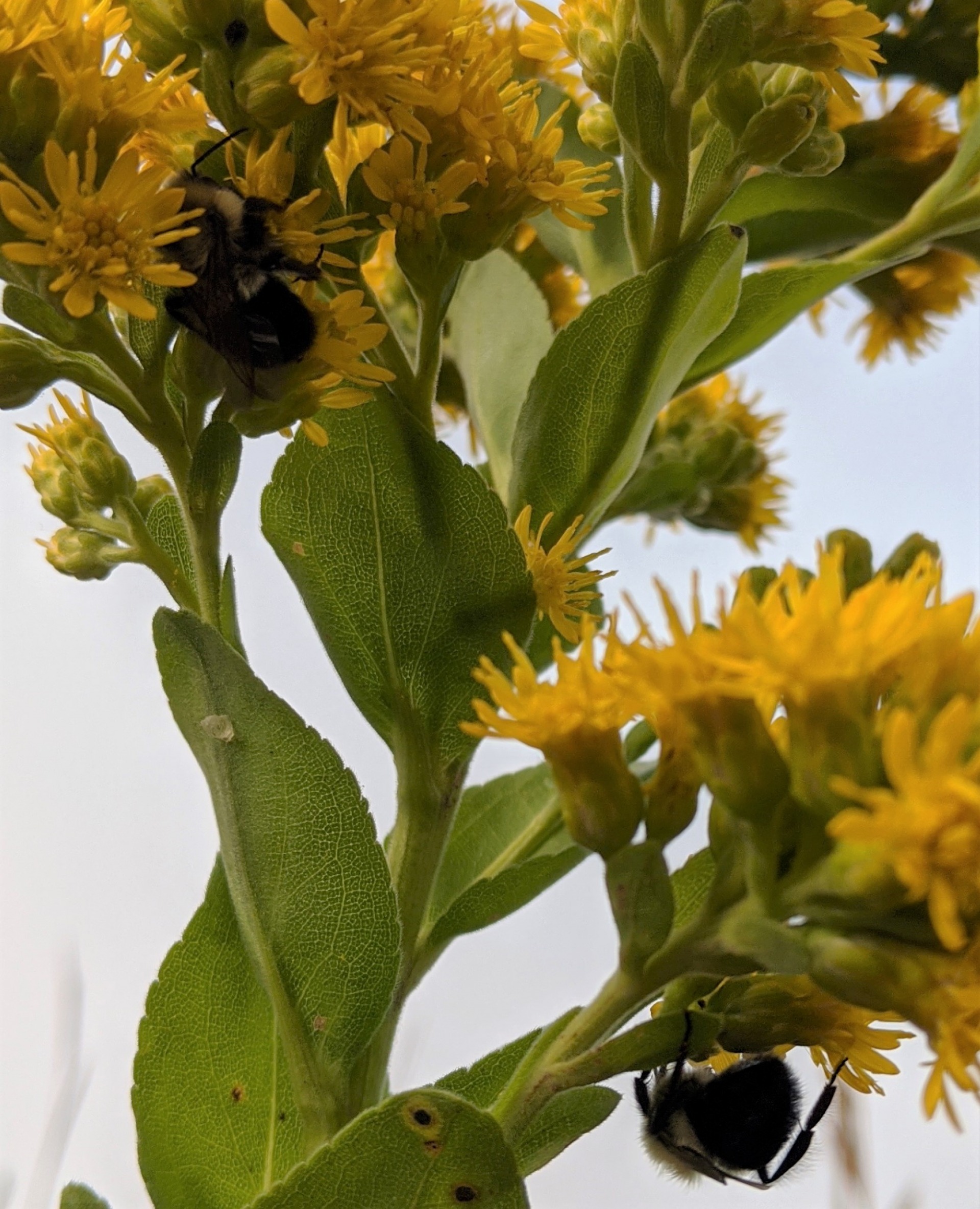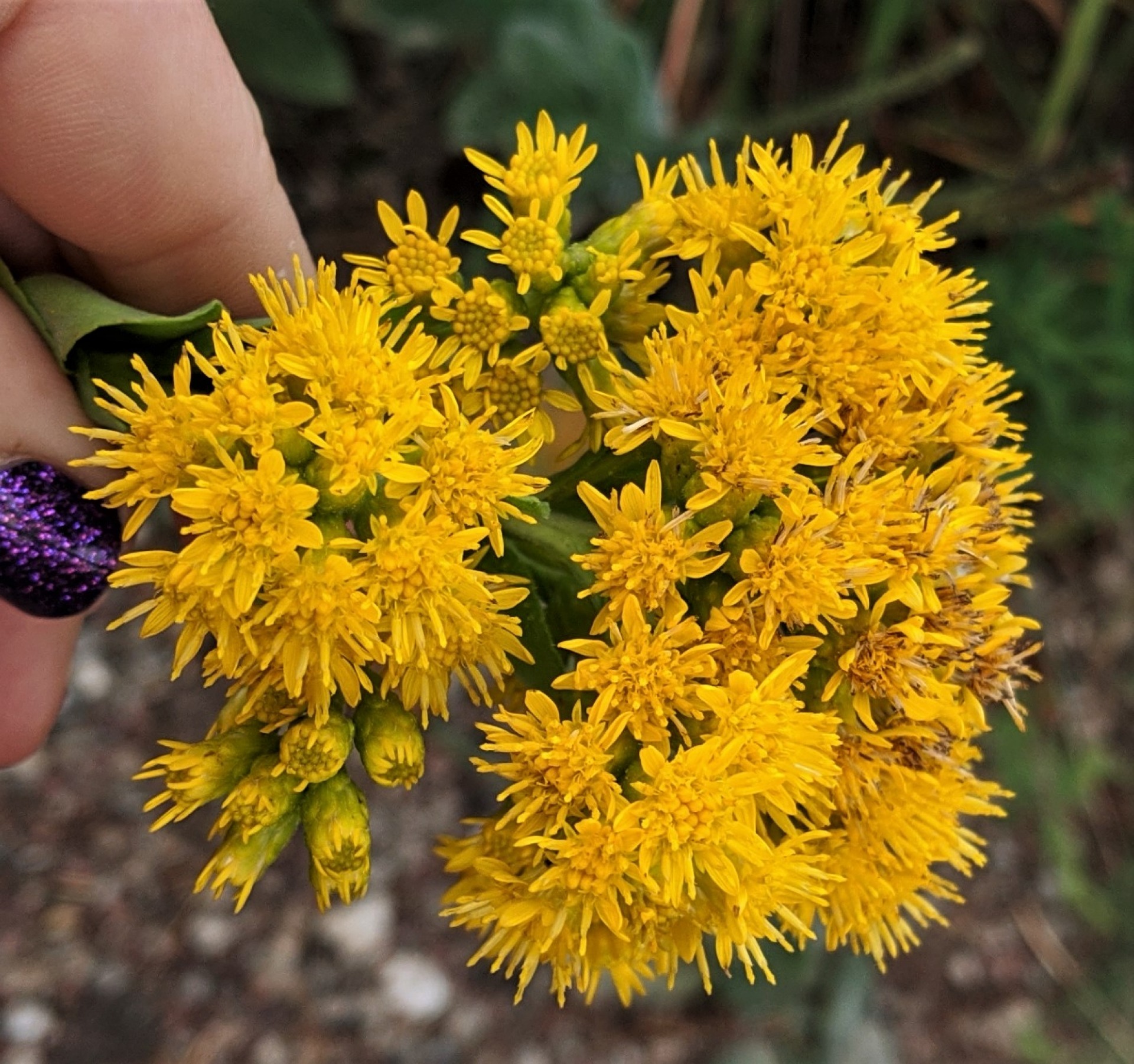These popular topics are heating up. Explore today's most viewed pages.
Bumble bees are social, colony building insects, they need a new pregnant queen to start a colony every spring. In the beginning, the colony is made of all female bumblebees, and they must work hard to find enough forage for their growing family. They help their mother queen to forage for nectar and pollen to feed themselves and their new larval sisters. Bumble bees make an extremely nutritious meal for their larva called “bee bread”. It is a combination of protein packed pollen and high calorie nectar.
Along with every other individual in nature they must defend themselves and their family from predators, disease, parasites, and starvation. Bumble bees that live around human homes need to survive all the regular dangers of the natural world along with the extra challenges of cars, pesticides, and loss of habitat.


These busy females are constantly trying to find enough nectar and pollen rich resources to fuel their energy intensive activities and to feed their growing siblings. When their human neighbors have yards with diverse gardens, planted with native grasses and flowers, there will be plenty of nectar and pollen to fill hungry bellies. However, when their human neighbors have yards covered in cool season, sod forming lawns, they must venture out further and further to find enough food. This exposes them to more danger and requires more energy.
As spring matures into summer, the queen mother changes gear from producing only daughters to sons as well. Male bumble bees do not have corbicula, or pollen baskets on their legs, and they do not help to feed the colony they came from, they also leave the colony once they are mature, and this is why we find them curled up in flowers overnight. These males will need to survive the late summer and fall on their own in order to mate with the new queens that will start their own colonies next spring.
If you like our fuzzy neighbor bumble bees, you can help them by providing pollen and nectar by planting a variety of native flowers in your yard, and cutting back the carpet of lawn, & by leaving dead plants for ground cover during the winter months.
Check out our "Pollinator Garden Workshop" video for more information on ways that you can add diversity to your own backyard.